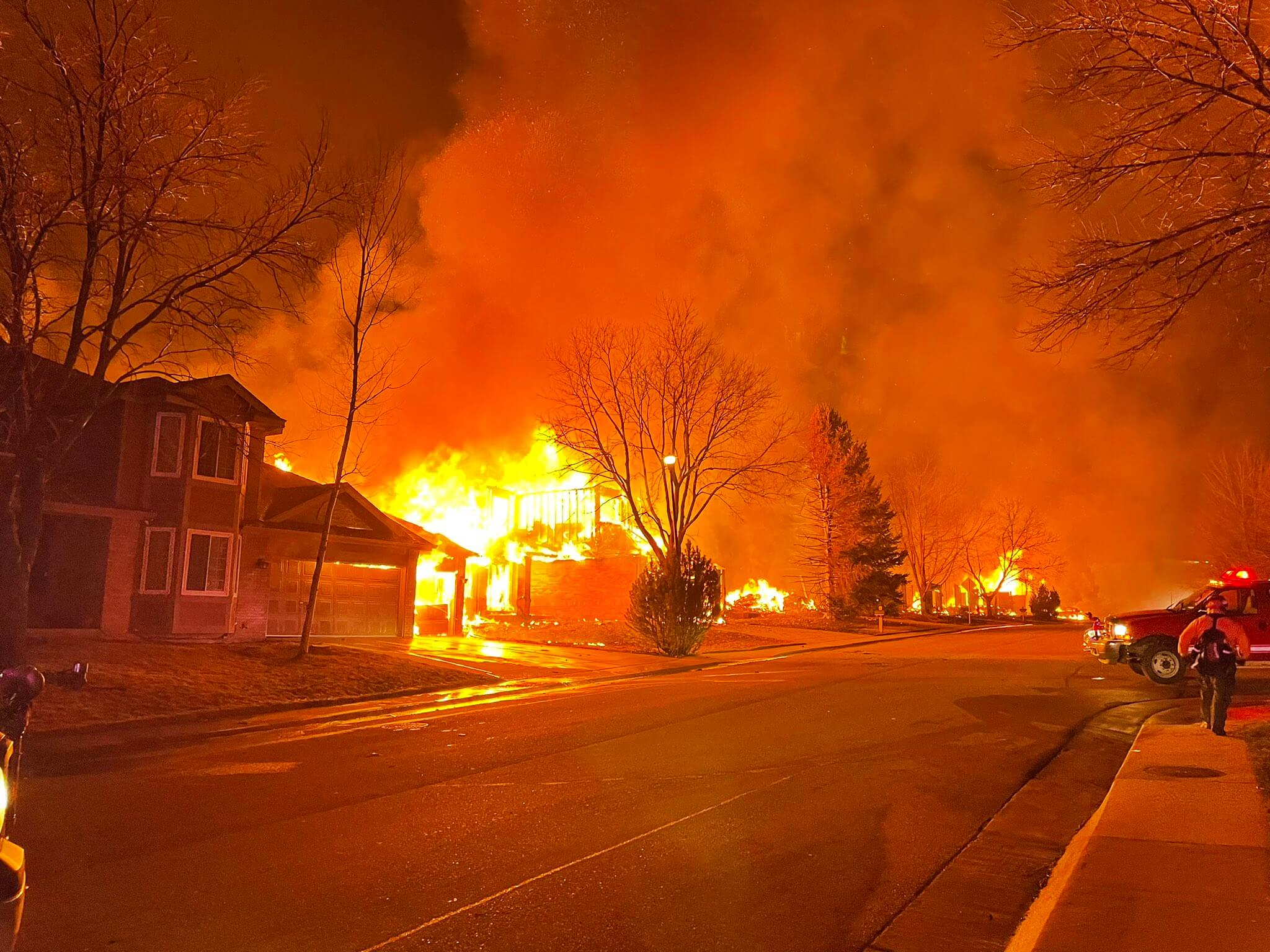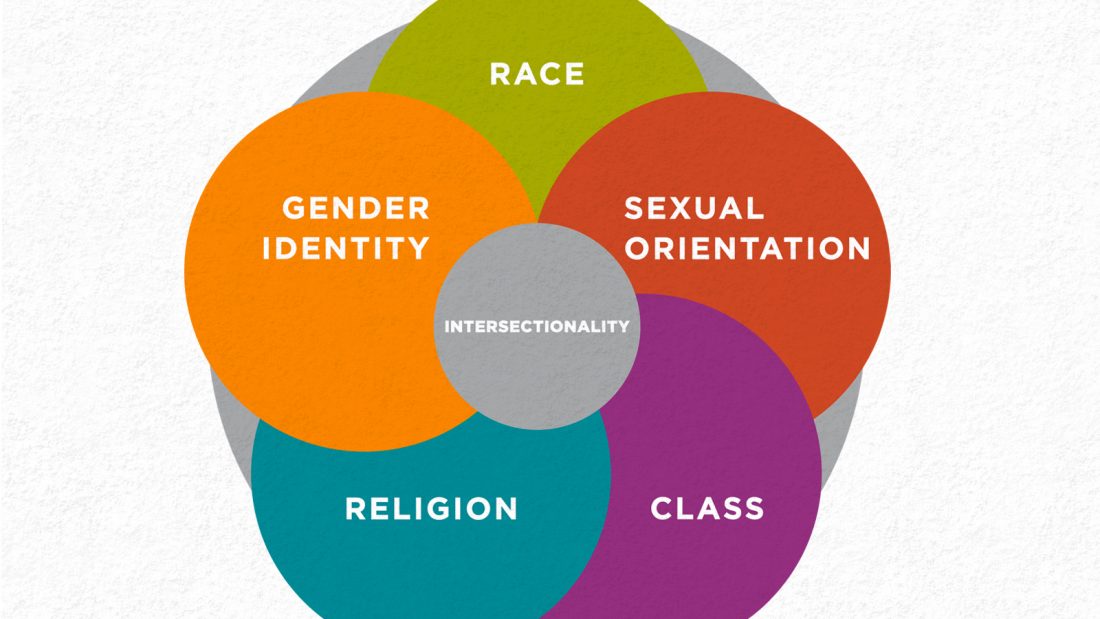
Disasters and Long-Term Recovery
We believe in a world where the impact of disasters is minimized by thoughtful, equitable and responsible recovery for all.

What are disasters?
We understand that there are many types of disasters, and the level of impact depends upon the location, the type of hazard and the capacity – social, economic and political – of the community to respond. We take a systematic, highly-targeted approach to disasters to achieve the most impact nationally and internationally. The Center for Disaster Philanthropy is no longer using the term “natural disaster” as we recognize that disasters are a combination of natural hazards and/or severe weather in an interaction with people. CDP uses a modified version of the United Nations definition of disaster:
A disaster is a serious disruption of the functioning of a community or a society at any scale due to hazardous events interacting with conditions of exposure, vulnerability and capacity, leading to one or more of the following: human, material, economic and environmental losses and impacts.
Damage and loss may be immediate, but the impact will last for a long time and usually requires years of recovery. The effect of the disaster can be immediate and localized but is often widespread and could last for a long period of time.
The disaster may test or exceed the capacity of a community or society to cope using its own resources, and therefore may require assistance from external sources, which could include local, state, national or international interventions.
Types of disasters include – but are not limited to – technological crises (e.g., oil spills, explosions) or natural hazards/extreme weather, including earthquakes, volcanoes, storms, floods, droughts, wildfires, epidemics, tsunamis and mass movements (e.g., landslides). Disasters may occur suddenly (e.g., hurricanes, tornadoes, earthquakes) or have a slow onset (e.g., drought, desertification, epidemics).
A complex humanitarian emergency (CHE) is a type of disaster event (or sequence of events) that is caused by and results in a complicated set of social, health, economic and often political circumstances, usually leading to great human suffering and death, and requiring external assistance and aid. CHEs are associated with a variety of factors, such as war or conflict, under-development, poverty, overpopulation, human-caused environmental destruction and climate change, and disaster events such as drought, famine and floods. The United Nations considers a CHE to be a crisis involving multiple causes. CHEs require a broad and integrated response, often with immediate humanitarian and long-term development, political, peacekeeping and peace-building efforts. These usually occur in geographies where the world’s most vulnerable live, involve multiple compounded threats, vulnerabilities and disasters, and the risk of further disasters is high.
What is long-term recovery?
From its earliest days, CDP has focused on encouraging philanthropy to look at the full life cycle of disaster recovery, not just immediate response. As an organization, we recently adopted a common definition of recovery to ensure better clarity among ourselves, our donors and partners. Our definition draws heavily from the one developed by National Voluntary Organizations Active in Disasters. In developing it, we also considered the UN definition of recovery as our work is both domestic and international.
Disaster recovery is the process of improving individual, family and community resiliency after a disaster. Recovery is not only about the restoration of structures, systems and services – although they are critical. A successful recovery is also about addressing sources of inequitable and unjust outcomes, and individuals and families being able to rebound from their losses and sustain their physical, social, economic, mental, emotional and spiritual well-being.
How we respond to disasters to support long-term recovery
Since our founding, we have drawn attention to how disasters exacerbate existing inequities, particularly in underserved communities. We take a systematic, highly targeted approach to disasters to achieve the most impact nationally and internationally. CDP responds to large-scale disasters – usually defined as catastrophic – that affect marginalized or at-risk populations. CDP also draws attention to hidden crises or help with ongoing needs of CHEs. CDP works vigilantly to track disasters as they happen. Our Weekly Disaster Round-Up blog posts examine disasters worldwide to help funders stay aware of emerging issues. (Subscribe to receive these weekly updates.) When a disaster reaches a certain level of response, we create disaster profiles. These profiles provide donors with detailed information, including an overview of the situation, critical needs, additional resources and ways that donors can respond.
Additional resources


The first two years: Disaster recovery for Native American and Tribal communities

Why equity should matter in disaster philanthropy
